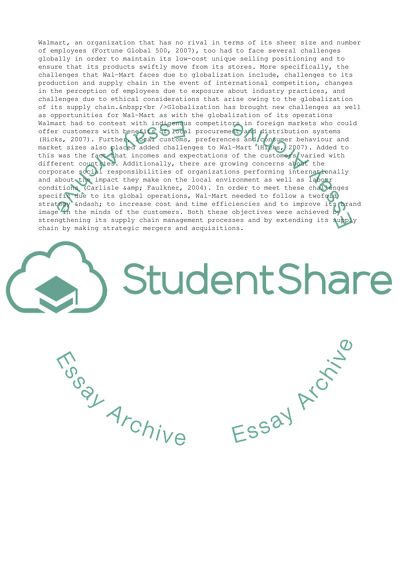Cite this document
(Wal-mart and its Challenges in Globalization Context Essay, n.d.)
Wal-mart and its Challenges in Globalization Context Essay. https://studentshare.org/management/1727871-wal-mart-challenges-in-globalization-context
Wal-mart and its Challenges in Globalization Context Essay. https://studentshare.org/management/1727871-wal-mart-challenges-in-globalization-context
(Wal-Mart and Its Challenges in Globalization Context Essay)
Wal-Mart and Its Challenges in Globalization Context Essay. https://studentshare.org/management/1727871-wal-mart-challenges-in-globalization-context.
Wal-Mart and Its Challenges in Globalization Context Essay. https://studentshare.org/management/1727871-wal-mart-challenges-in-globalization-context.
“Wal-Mart and Its Challenges in Globalization Context Essay”. https://studentshare.org/management/1727871-wal-mart-challenges-in-globalization-context.


